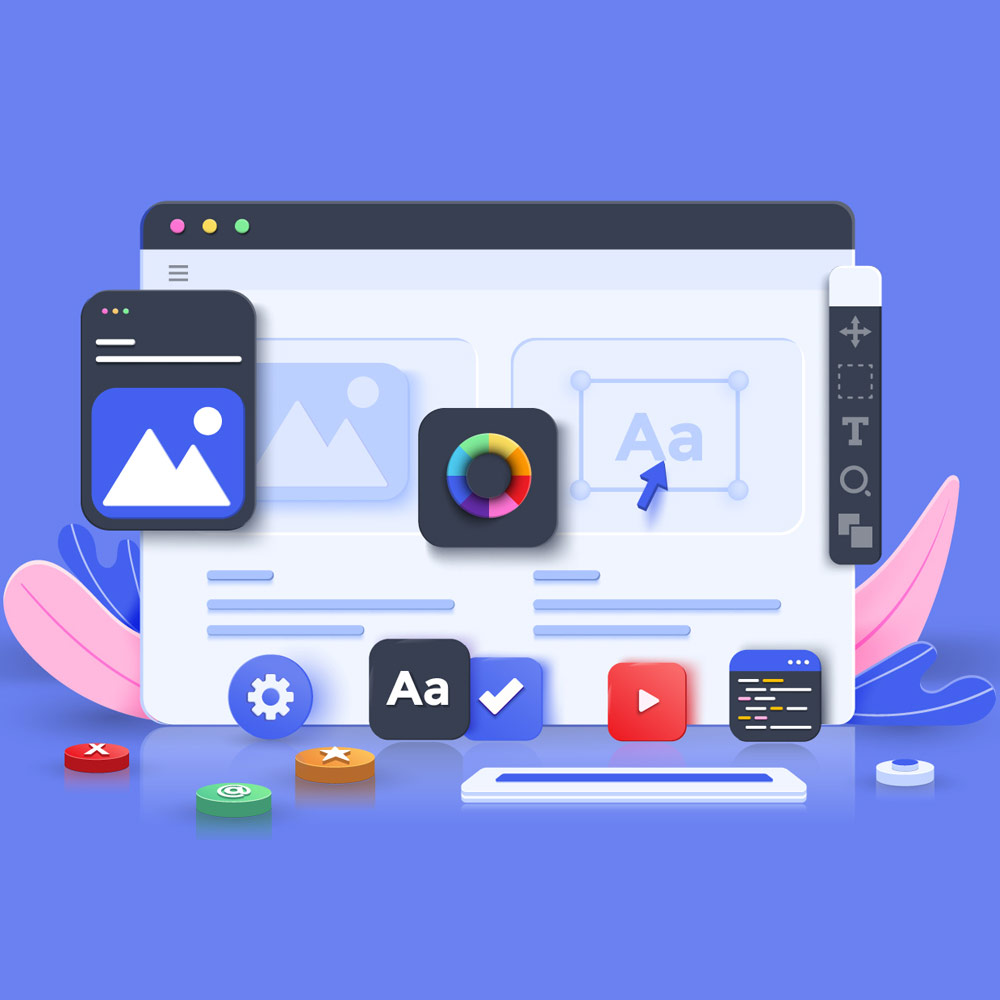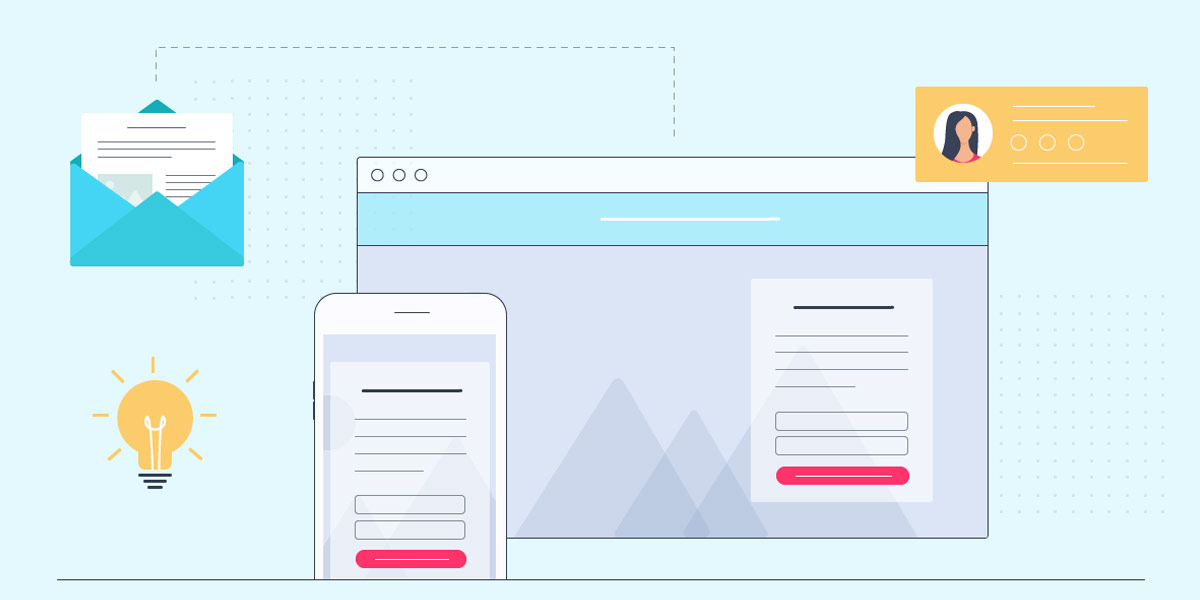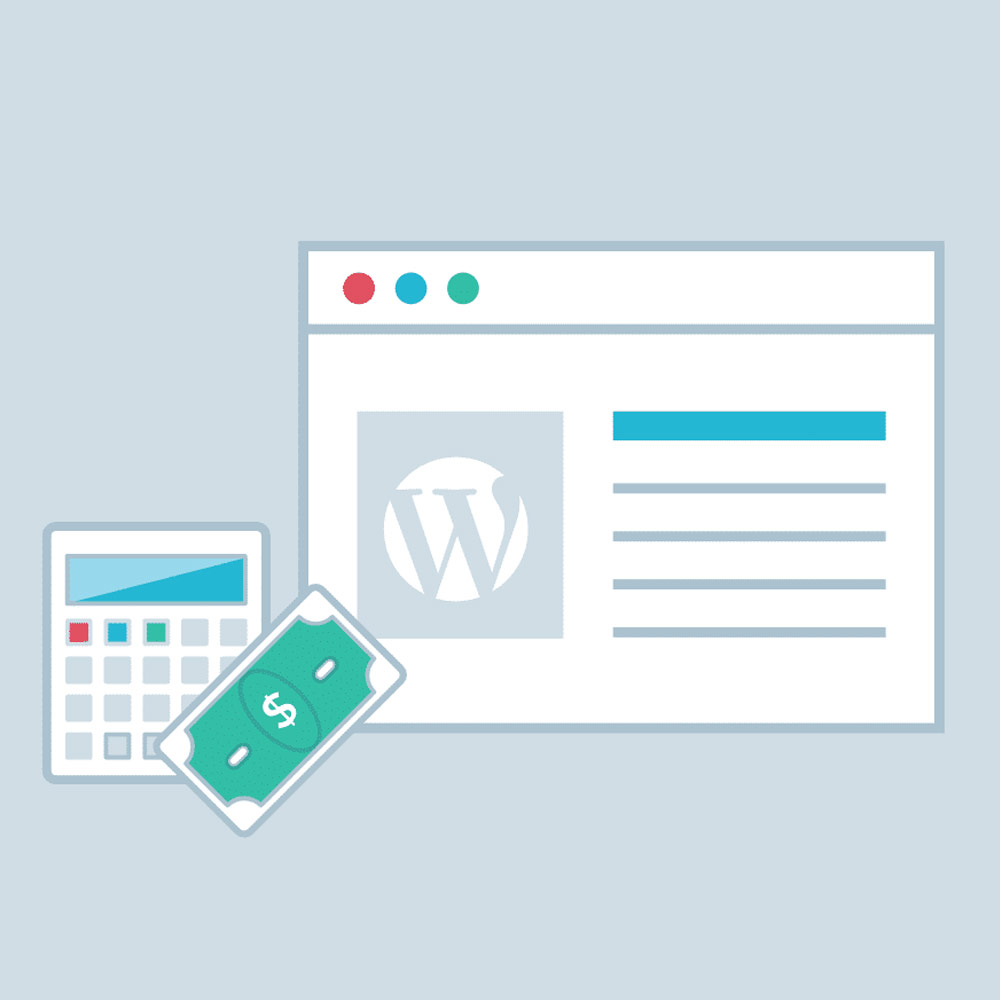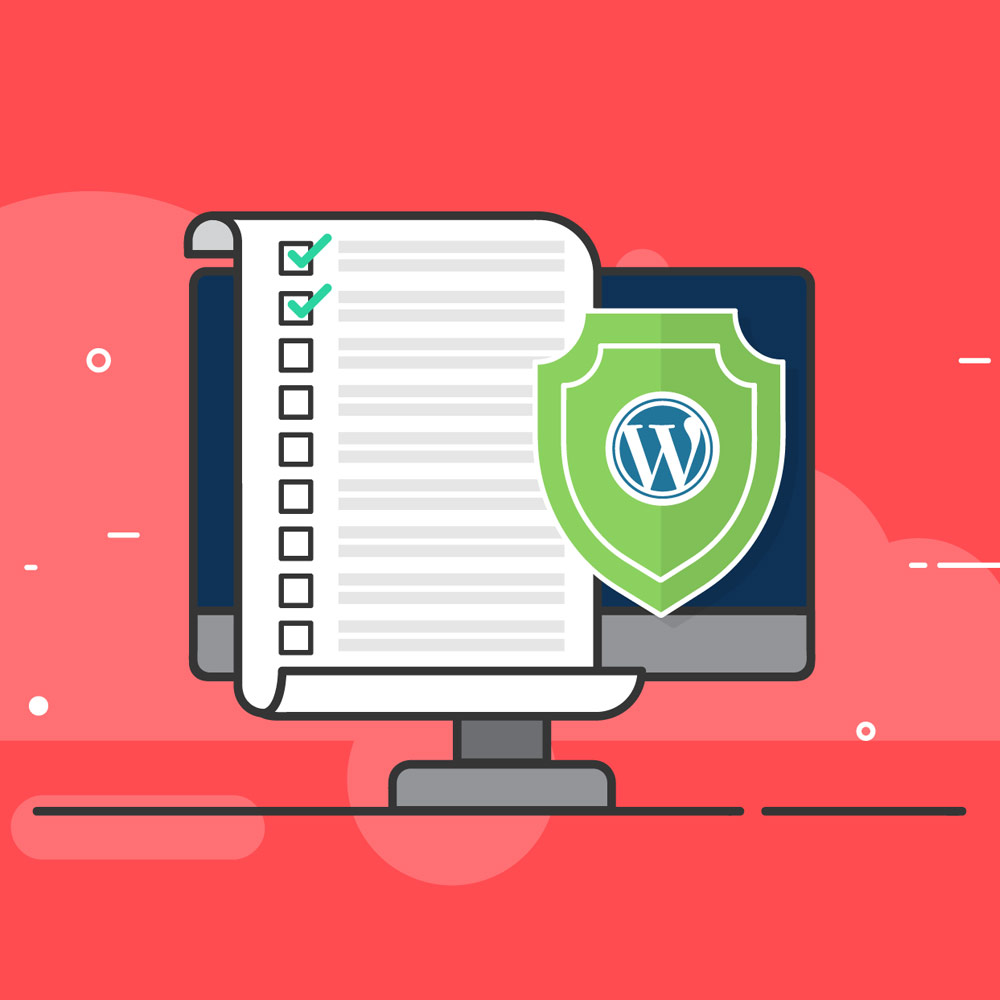
12 Landing Page Design Principles: Creating Effective and Engaging User Experiences
When it comes to driving conversions and maximizing the impact of your online marketing efforts, landing page design plays a crucial role. A well-designed landing page can captivate visitors, guide them through the sales funnel, and ultimately inspire them to take action. In this article, we will explore the key principles of landing page design that can help you create highly effective and engaging user experiences.
Landing Page Design Principles Introduction
In today’s digital landscape, where attention spans are short and competition is fierce, having a visually appealing and strategically optimized landing page is vital for any business or organization. A landing page serves as a gateway to your brand, product, or service, providing a focused and tailored experience for visitors.

Landing Page Design Principles Introduction
12 Landing Page Design Principles
The design of your landing page significantly impacts its effectiveness in converting visitors into customers. A poorly designed landing page can lead to high bounce rates and missed opportunities, while a thoughtfully crafted one can boost engagement, increase conversions, and drive revenue. Therefore, understanding and implementing the following landing page design principles is essential.
#1 Clear and Compelling Headline
The headline is the first element visitors see on your landing page, and it plays a vital role in capturing their attention. It should be clear, concise, and compelling, conveying the unique value proposition of your offering. A strong headline instantly communicates what visitors can expect and entices them to explore further.
#2 Concise and Persuasive Copy
Alongside a compelling headline, the body copy of your landing page should be concise and persuasive. Use concise paragraphs and bullet points to communicate key benefits and features. Highlight how your product or service solves a problem or meets a specific need. Employ persuasive language that creates a sense of urgency and motivates visitors to take action.
#3 Strategic Use of Visual Elements
Visual elements such as images, videos, and infographics can enhance the overall impact of your landing page. Use high-quality visuals that are relevant to your offering and reinforce your message. The strategic placement of visuals can guide visitors’ attention and help convey information more effectively. Avoid clutter and ensure that visuals support your call to action.
#4 User-Friendly Navigation
A user-friendly navigation structure is crucial to keep visitors engaged and guide them through your landing page seamlessly. Keep the navigation simple, intuitive, and prominently visible. Use a logical hierarchy of headings and subheadings to help users easily find the information they are looking for. Implementing a sticky navigation bar can also enhance the user experience, allowing easy access to important sections.
#5 Responsive and Mobile-Friendly Design
In the mobile era, your landing page must be optimized for various devices and screen sizes. Responsive design ensures that your landing page adapts seamlessly to different platforms, providing a consistent and enjoyable user experience. Mobile-friendly design is not only crucial for user satisfaction but also influences your search engine rankings. Search engines prioritize mobile-friendly websites, so having a responsive and mobile-friendly landing page can positively impact your organic visibility and drive more traffic to your site.
#6 Effective Call-to-Action
A well-designed landing page should have a clear and compelling call-to-action (CTA) that encourages visitors to take the desired action. Whether it’s making a purchase, signing up for a newsletter, or filling out a form, the CTA should stand out and be easily identifiable. Use action-oriented language and design elements such as buttons or banners to draw attention to your CTA.

12 Landing Page Design Principles
#7 Optimized Loading Speed
In today’s fast-paced digital world, visitors have little patience for slow-loading websites. Optimizing the loading speed of your landing page is crucial to keep visitors engaged and prevent them from bouncing. Compress images, minify code, and leverage caching techniques to reduce load times. A fast-loading landing page not only improves the user experience but also positively impacts your SEO efforts.
#8 A/B Testing for Optimization
To continually improve the performance of your landing page, it’s important to conduct A/B testing. Test different variations of headlines, copy, visuals, CTAs, and other elements to identify what resonates best with your audience. By systematically testing and analyzing the results, you can make data-driven decisions to optimize your landing page for maximum conversions.
#9 Capturing User Data
An effective landing page should include mechanisms to capture user data. This can be achieved through lead capture forms, newsletter sign-ups, or gated content. Collecting user data allows you to nurture leads, personalize your marketing efforts, and build lasting relationships with your audience. Ensure that your data capture forms are easy to fill out and only request essential information.
#10 Building Trust with Testimonials
Testimonials and social proof play a crucial role in building trust and credibility. Include testimonials from satisfied customers or clients on your landing page. Genuine testimonials provide social validation and reassure visitors that your product or service delivers on its promises. Use real names, photos, and, if possible, video testimonials to add authenticity.
#11 Using Social Proof
In addition to testimonials, incorporating social proof elements such as customer reviews, ratings, and endorsements can further establish trust and credibility. Display positive reviews and ratings prominently on your landing page. Showcase any awards, certifications, or partnerships that reflect your expertise and reliability. Social proof helps alleviate doubts and encourages visitors to take the desired action.
#12 Monitoring and Analyzing Metrics
To gauge the effectiveness of your landing page and identify areas for improvement, it’s essential to monitor and analyze relevant metrics. Track key performance indicators (KPIs) such as conversion rate, bounce rate, time on page, and click-through rate. Use web analytics tools to gain valuable insights into user behaviour, identify bottlenecks, and make data-driven optimizations.

12 Landing Page Design Principles
Conclusion
Designing an effective landing page is a combination of art and science. By implementing the principles discussed in this article, you can create landing pages that engage visitors, drive conversions, and contribute to the success of your online marketing efforts. Remember to continually test and optimize your landing page based on user feedback and data analysis to ensure ongoing success.
FAQ
What are the essential elements of a landing page?
The essential elements of a landing page include a captivating headline, persuasive copy, relevant visuals, a clear call-to-action (CTA), trust indicators such as testimonials, and a lead capture mechanism to collect user data.
How should landing pages be designed for optimal results?
To design landing pages for optimal results, focus on a clean and intuitive layout, concise and compelling copy, strategic use of visuals, prominent CTAs, mobile responsiveness, fast loading times, and A/B testing for continuous optimization.
What are the key principles of effective landing page design?
The key principles of effective landing page design include clarity and simplicity, persuasive messaging, visual hierarchy, user-friendly navigation, mobile responsiveness, strong CTAs, trust indicators, data capture mechanisms, and ongoing optimization through testing and analysis.
How can I create a landing page that captures attention?
To create a landing page that captures attention, use a compelling headline, engaging visuals, and persuasive copy, highlight key benefits, utilize contrasting colours, and design a clear and prominent CTA that stands out on the page.
What are some best practices for designing a high-converting landing page?
Some best practices for designing a high-converting landing page include keeping the design simple and uncluttered, using concise and persuasive copy, optimizing loading speed, incorporating social proof and trust indicators, testing different elements, and refining based on data analysis.
How important is it to keep a landing page design simple?
Keeping a landing page design simple is crucial as it helps visitors focus on the main message and desired action. A cluttered design can distract users and lead to confusion, resulting in lower conversions.
What role does visual hierarchy play in landing page design?
Visual hierarchy guides users’ attention and helps them navigate through the landing page. It involves using size, colour, contrast, and positioning to prioritize important elements such as the headline, key benefits, and CTAs.
How can I optimize my landing page with clear and compelling CTAs?
To optimize your landing page with clear and compelling CTAs, ensure they are visually distinct, use action-oriented language, create a sense of urgency, and communicate the desired action. Placing the CTA prominently and using contrasting colours can also enhance its visibility.
What should be included in the content of a landing page?
The content of a landing page should include a concise and captivating headline, persuasive copy that highlights key benefits and addresses pain points, relevant visuals, testimonials or reviews, and a strong CTA that prompts users to take action.
Why is it crucial to have a responsive design for landing pages?
Having a responsive design ensures your landing page is optimally displayed on different devices and screen sizes. It provides a seamless user experience, improves mobile visibility, and avoids potential usability issues that could lead to higher bounce rates.
How can I make my landing page visually appealing and engaging?
To make your landing page visually appealing and engaging, use high-quality visuals, employ an attractive colour scheme, utilize whitespace effectively, choose readable fonts, and incorporate visual elements that support your message and brand identity.
What are some trust indicators that can enhance a landing page’s effectiveness?
Trust indicators such as customer testimonials, ratings and reviews, security badges, client logos, social media endorsements, and guarantees can enhance a landing page’s effectiveness by instilling confidence and credibility in visitors.

With over two decades of web design and development expertise, I craft bespoke WordPress solutions at FallingBrick, delivering visually striking, high-performing websites optimised for user experience and SEO.




